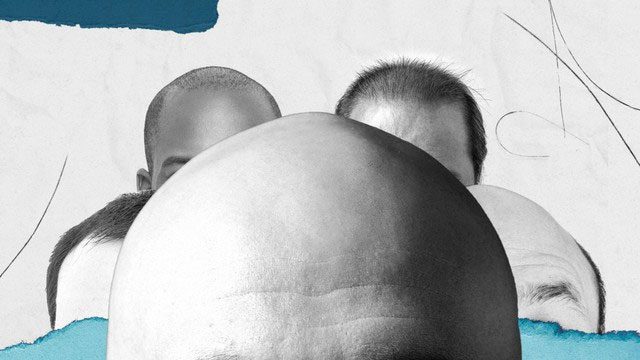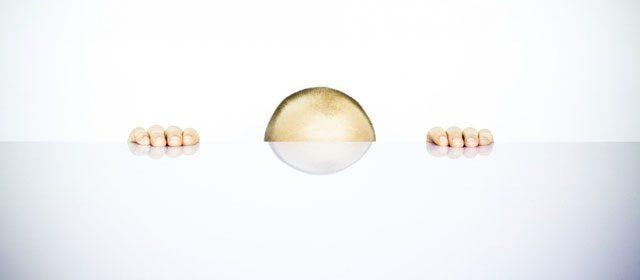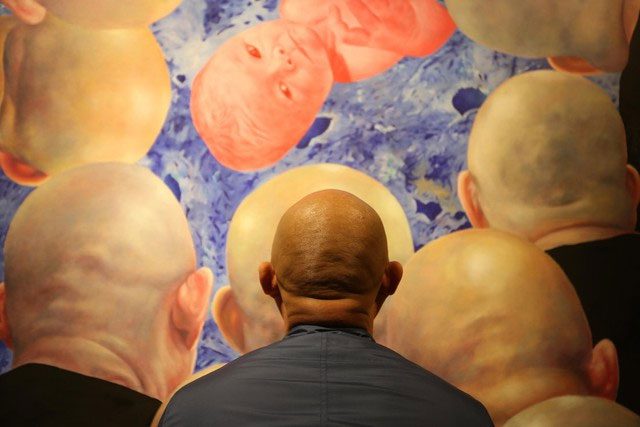Male pattern baldness, also known as androgenetic alopecia, is a hereditary condition. This condition is polygenic, meaning it is influenced by multiple genes.
Researchers have identified specific gene variants associated with an increased risk of male pattern baldness. One particularly significant gene is the AR gene, located on the X chromosome.
“AR gene” produces a type of protein known as the Androgen Receptor, which plays a crucial role in the development and function of male reproductive organs, as well as other “male” physical characteristics, such as facial hair or a deep voice.

Hair loss occurs when enzymes in our bodies convert testosterone into a substance known as dihydrotestosterone (DHT). It is this testosterone byproduct, DHT, that attacks hair follicles by shrinking them, leading to baldness in those affected. These enzymes are hereditary, which is why some people have them while others do not.
The primary function of the androgen receptor is to sense testosterone and dihydrotestosterone (DHT), both commonly referred to as “male hormones.” Many organs and cells have androgen receptors and are therefore sensitive to testosterone, including hair follicles.
DHT is a derivative of testosterone. Its effect on hair can shrink hair follicles and thin hair over time, a process known as follicular miniaturization. Individuals genetically predisposed to male pattern baldness will undergo this process.
A comprehensive study involving 12,806 European men revealed that individuals carrying a specific variant of this gene have more than double the risk of developing male pattern baldness (MPB) compared to those who do not carry it.

The stages of hair development.
The reason only men experience baldness is the same as the reason they are biologically male in the first place.
Men inherit one X chromosome from their mother and one Y chromosome from their father. This gives them a higher chance of receiving the gene associated with baldness from their mother.
On the other hand, women inherit two X chromosomes, one from each parent. If one X chromosome carries the gene related to baldness while the other lacks this gene, the X chromosome may not express the effects of the baldness gene.
This pattern of inheritance explains why male pattern baldness is more common in men than in women.

Dihydrotestosterone (DHT) is a byproduct of testosterone, and since testosterone is the primary male hormone, women are not significantly affected like men, simply because their bodies do not produce as much testosterone.
However, it is important to note that not all men who carry the baldness gene will necessarily go completely bald. There are many genes involved, and how they interact will determine the extent of hair loss.
Interestingly, women also produce testosterone and DHT, so why is this condition not affecting them?
In addition to genetic factors, women produce much less DHT and testosterone compared to men. Women also have higher levels of estrogen and progesterone, both of which play a protective role in keeping hair follicles healthy and functioning.
Women may start losing hair after menopause due to decreased levels of these two hormones.
Hair loss tends to be a natural part of the aging process, affecting both men and women. In addition to hormonal and genetic factors, aging creates fundamental changes in our bodies. Reduced blood flow can cause hair follicles to shrink and produce thinner hair. Cellular changes, inflammation, and oxidative stress also contribute to weakening hair follicles as we age, leading to thinning and gradual hair loss over time.

Certain lifestyle choices can negatively affect hair health.
Stress and lifestyle can also influence hair loss in both men and women. High stress levels can trigger a specific type of hair loss. Due to stress, a significant number of hair follicles may enter the resting phase prematurely, leading to increased hair shedding. Although this condition is often temporary, chronic stress can exacerbate male pattern baldness.
Additionally, certain lifestyle choices, such as smoking, excessive drinking, and a poor diet lacking essential nutrients, can negatively impact hair health. In summary, unhealthy lifestyle choices can adversely affect hair growth in both men and women.
Considering all these factors, the differences in hair loss patterns between men and women stem from genetics, hormones, and age.
Genetic predispositions to male pattern baldness and increased sensitivity of hair follicles to DHT in men contribute to the higher rates of baldness among men. Conversely, the genetic complexity in women offers additional protections against hair loss.


















































